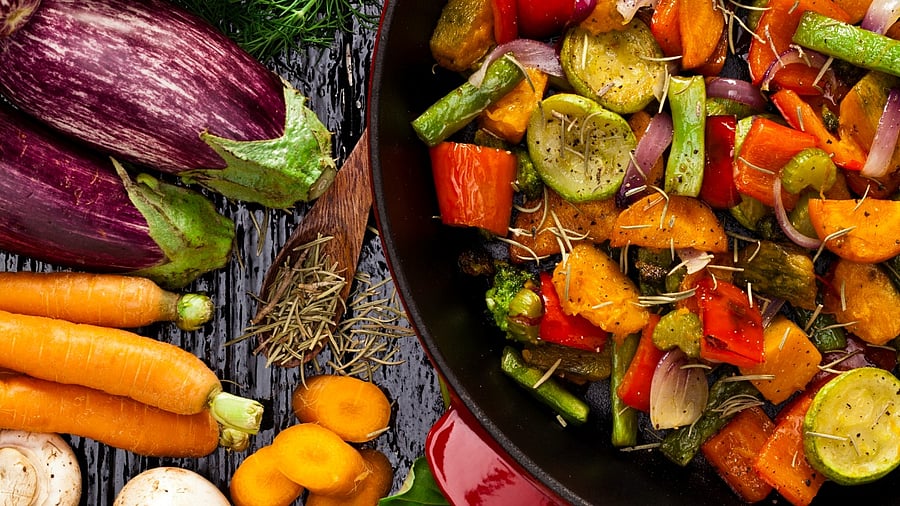
If you notice that you’re tired, fall sick more often, have frequent headaches with dizziness, and appear pale, you may have anaemia. This is a rising problem in women’s health, especially in India, where nearly 53 per cent of women between the ages of 15 and 50 years have anaemia. The most common reason behind anaemia is the deficiency of either iron or vitamin b12 and folic acid, essential nutrients that we take in with a well-rounded diet.
Why do we need iron in our bodies?
Iron is used to make haemoglobin, a critical component of your red blood cells. These red blood cells transport oxygen from the lungs and throughout the body. When your body is low on iron, it doesn’t get enough oxygen, and your cells and organs won’t function efficiently.
It helps our bodies store and use energy in our muscles through a protein called myoglobin, allowing them to act when needed.
It helps form an enzyme called cytochrome oxidase, which eliminates toxins from the body.
It boosts immunity and helps the body fight off infections
Also Read | A smorgasbord of choices
It transmits nerve signals
It produces many vital hormones and proteins in the body.
What symptoms do we feel when our bodies are low in iron?
If you’re chronically or severely low on iron, it can lead to several side effects, like:
Pale complexion or pallor
Difficulty breathing
Headaches and dizziness
Brittle fingernails
Increased hair fall
Cold hands and feet
Cravings to eat ice, clay, dirt, chalk, or paper (a condition called pica)
Irregular heartbeat and heart palpitations
Frequent bouts of illness
Extreme fatigue
Low iron levels in pregnancy may also increase your risk of preterm or low birth weight babies and heart complications for the mother.
Why do iron levels fall below normal?
Many things can cause iron deficiency; however, most cases fall into two categories.
Increased Iron Needs
During periods of rapid growth ( like an adolescent growth spurt) or pregnancy, increased blood loss (through heavy menstrual periods, regular blood donation, gastrointestinal issues like Crohn’s disease, or parasitic infections) leads to a higher demand for iron.
Decreased iron intake or absorption
When not enough iron is present in the diet or when the body does not absorb the iron in the food, your iron levels could get lowered. Although plant sources like spinach and legumes may be abundant, this type of iron is called non-heme iron and is not as easily absorbed by the body as the heme iron derived from meat and fish.
What can we do to improve our iron levels?
Try a well-balanced diet with iron-rich foods like red meat, pork, poultry, seafood, beans, dark green leafy vegetables such as spinach, peas, dried fruit, raisins and apricots, and iron-fortified cereals.
Combine vitamin C and iron to boost its absorption. Studies show that vitamin C rich foods like citrus fruits can improve iron absorption from food or iron supplements.
Avoid foods rich in polyphenols when eating iron-rich meals, as they bind to the iron and prevent it from being absorbed in the intestine. These include dark chocolate, red wine, berries, and coffee.
If your iron levels are deficient, you may need iron supplements. Get your iron levels checked with a simple blood test beforehand, as taking them unnecessarily could cause an iron overload.
Iron deficiency is a common problem, especially among women in India, Asia, and Africa. However, it can be managed with the help of a good nutrition plan and a balanced diet early on.
(Lovneet Batra is a Delhi-based nutritionist. She is the author of "50 Desi Super Drinks.")